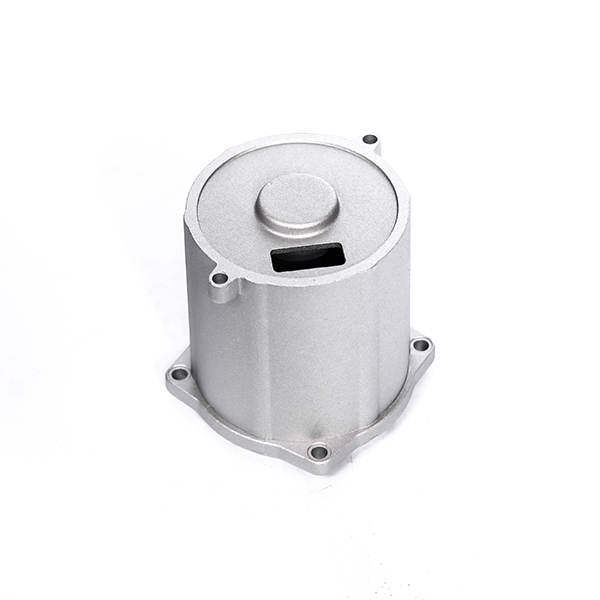Mobile:+86-311-808-126-83
Email:info@ydcastings.com
steel trading
The Dynamics of Steel Trading Understanding the Global Market
Steel is one of the most essential materials in contemporary society, underpinning a plethora of industries, from construction and automotive to infrastructure and manufacturing. As the backbone of modern economies, steel trading is a critical component that significantly impacts global trade dynamics. Understanding the intricacies of steel trading is essential for stakeholders, including manufacturers, traders, investors, and governments.
The Steel Market Landscape
The global steel market is vast and varied, comprising numerous players, including producers, traders, and consumers. Major steel-producing countries include China, India, Japan, and the United States. China dominates the steel market, accounting for over half of the world's total steel production. This monumental output substantially influences global prices and trading patterns. In contrast, developed nations like the U.S. and those in the European Union (EU) focus on producing high-quality steel to meet specific domestic needs.
The steel trading market operates on a mix of spot and futures contracts, with significant fluctuations influenced by raw material costs, production levels, and global demand. Key raw materials in steel production, such as iron ore and coking coal, are subject to their own trading dynamics. Thus, market participants must navigate complex interdependencies when engaging in steel trading.
Factors Influencing Steel Trading
Several factors influence the steel trading landscape. Economic conditions, such as GDP growth and industrial production rates, play pivotal roles. For instance, an uptick in construction activity typically leads to increased steel demand, spurring trade. Conversely, economic downturns can result in reduced demand, leading to decreased production and trading volumes.
Geopolitical factors also have significant implications for steel trading. Trade policies, tariffs, and sanctions can alter the competitive dynamics between countries. For example, the U.S. has imposed tariffs on steel imports to protect its domestic industry, impacting international trading relationships and prices. Similarly, global agreements on carbon emissions have prompted steel manufacturers to invest in greener technologies, altering production costs and trading practices.
The Role of Technology in Steel Trading
steel trading

In modern steel trading, technology plays an increasingly vital role. Digital platforms and trading algorithms facilitate more efficient trading and market analysis. The use of big data analytics allows traders to assess trends, forecast demand, and make informed purchasing decisions. Innovations in production processes, such as electric arc furnaces and recycling technologies, also influence the supply chain and affect overall market dynamics.
Blockchain technology is emerging as a game-changer in the steel trading sector. By providing a transparent and secure method for tracking transactions, blockchain can enhance trust among trading partners and streamline the administrative processes associated with steel transactions.
Environmental Considerations
As the world pivots towards sustainability, environmental considerations are reshaping steel trading. The steel industry is one of the largest carbon emitters, prompting stakeholders to rethink production methods and trading practices. Increased scrutiny from regulators and the public has led many companies to adopt more sustainable practices, such as utilizing recycled steel and investing in carbon capture technologies. This shift not only impacts production costs but also affects trading strategies as pressure mounts for eco-friendly sourcing.
The Future of Steel Trading
Looking ahead, the future of steel trading is full of potential opportunities and challenges. The ongoing push for infrastructure development and economic recovery post-pandemic could boost steel demand globally. However, uncertainties, such as supply chain disruptions, trade tensions, and regulatory changes related to carbon emissions, pose risks that traders must navigate.
Moreover, as emerging markets continue to industrialize, demand for steel will likely increase, leading to new trading opportunities. Steel traders need to remain agile, adapting their strategies in response to both local and global scenarios.
In conclusion, the world of steel trading is a complex interplay of economic, geopolitical, technological, and environmental factors. For traders and stakeholders, staying informed and adaptable is crucial in this ever-evolving landscape. As we move into the future, the convergence of traditional trading practices with modern technologies and sustainability initiatives may well redefine the steel trading market, presenting both challenges and opportunities on a global scale.
-
Why Should You Invest in Superior Pump Castings for Your Equipment?NewsJun.09,2025
-
Unlock Performance Potential with Stainless Impellers and Aluminum End CapsNewsJun.09,2025
-
Revolutionize Your Machinery with Superior Cast Iron and Aluminum ComponentsNewsJun.09,2025
-
Revolutionize Fluid Dynamics with Premium Pump ComponentsNewsJun.09,2025
-
Optimizing Industrial Systems with Essential Valve ComponentsNewsJun.09,2025
-
Elevate Grid Efficiency with High-Precision Power CastingsNewsJun.09,2025











